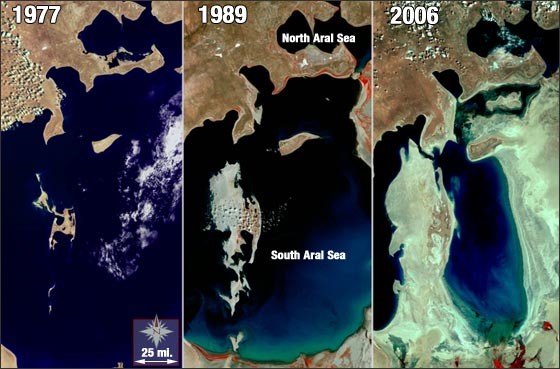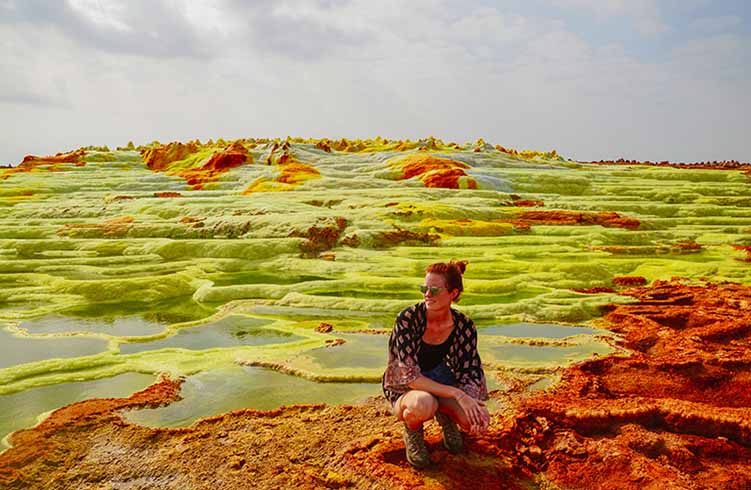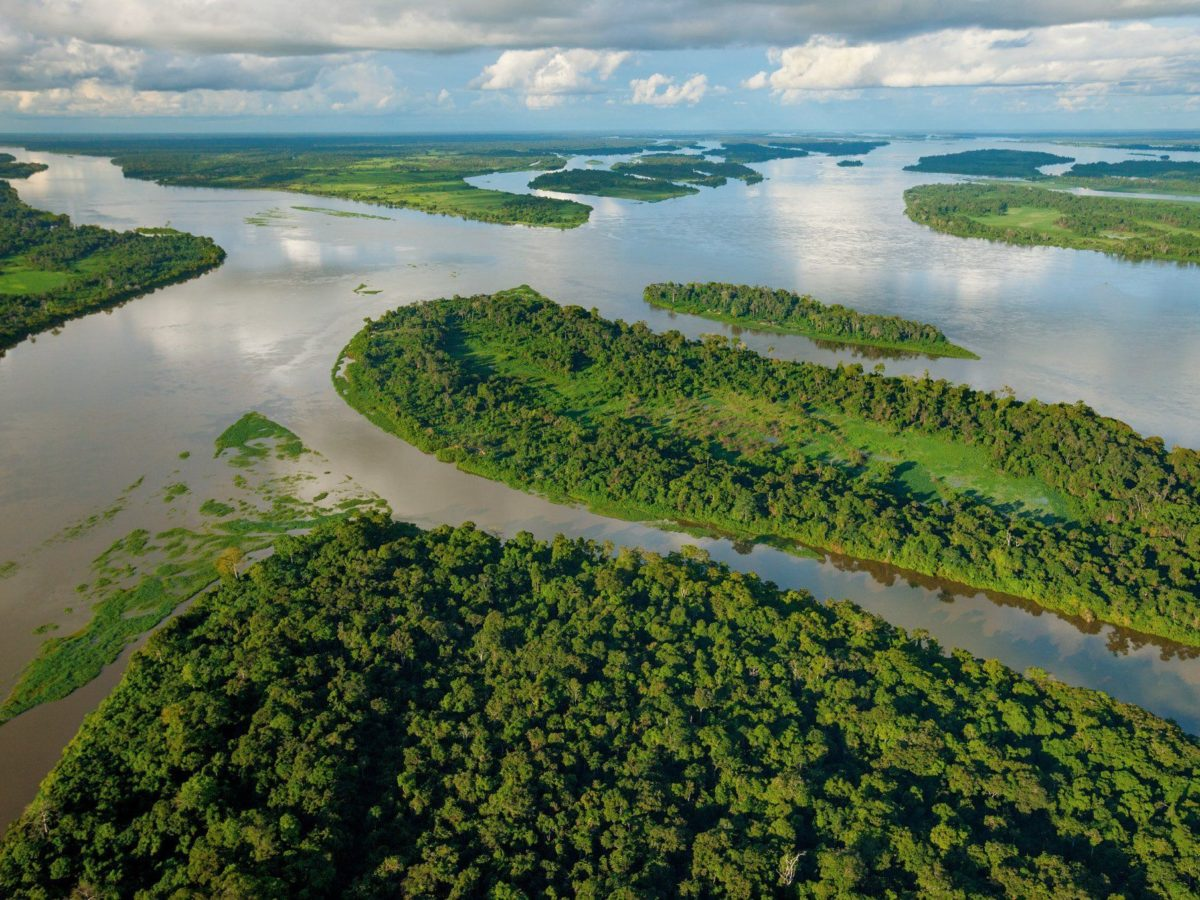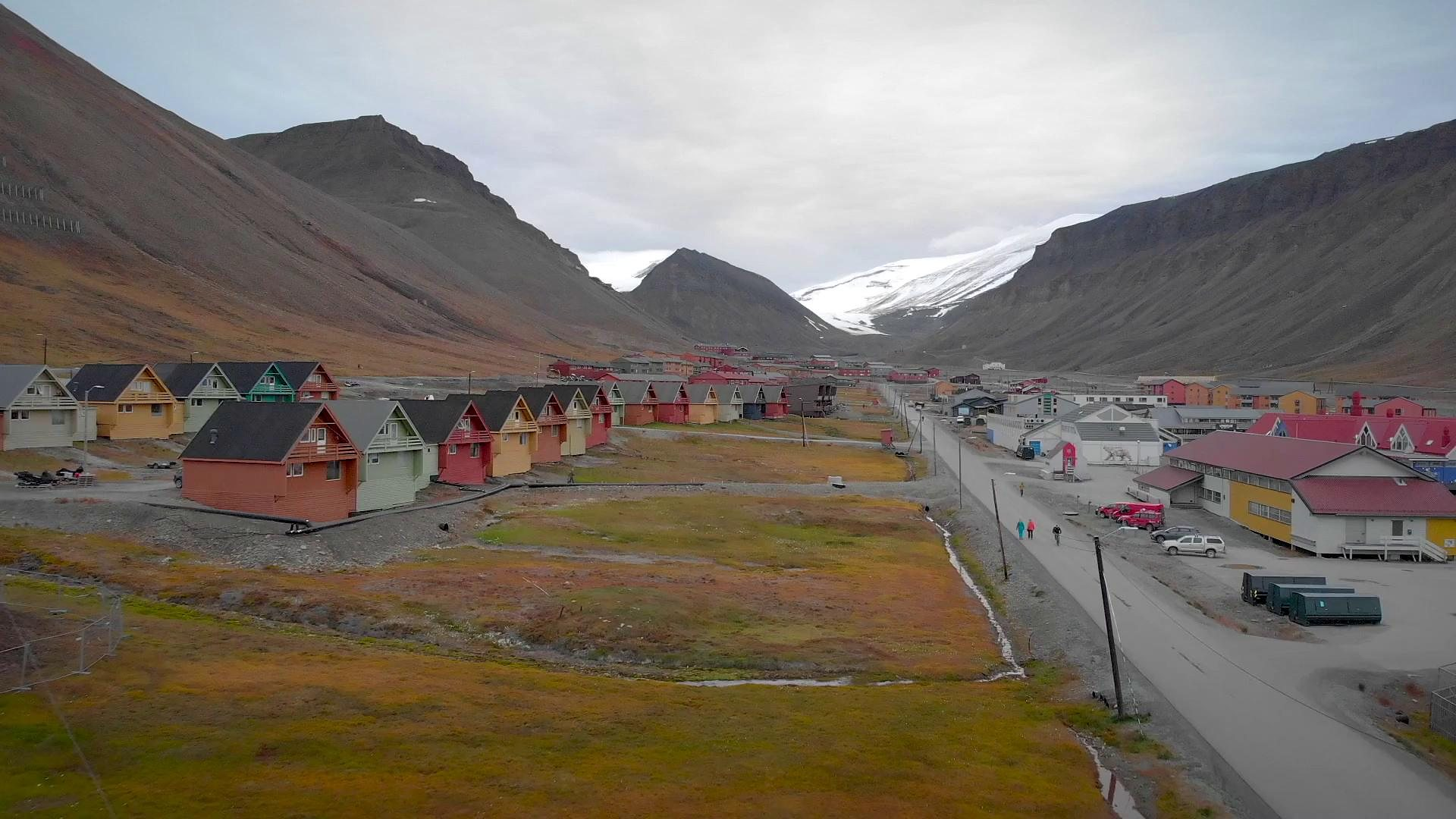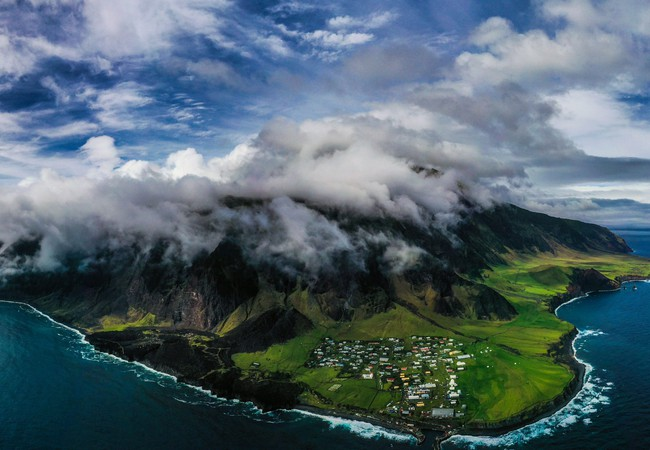Once the fourth-largest lake in the world, the Aral Sea—located between Kazakhstan and Uzbekistan—has become one of the most striking examples of environmental degradation caused by human activity. Beginning in the 1960s, Soviet irrigation projects diverted rivers that fed the Aral Sea to support cotton farming in arid regions. Over time, the sea began shrinking at an alarming rate, leading to the collapse of the local fishing industry, severe dust storms from exposed seabeds, and a drastic shift in regional climate.
The geography of the area was permanently transformed. Once-bustling port towns are now miles from the nearest water, and what remains of the Aral Sea is a collection of small, hypersaline lakes. This case has become a textbook example in geography and environmental science classes around the world, highlighting how unsustainable development can irreversibly alter natural landscapes and ecosystems.
Efforts have been made to revive parts of the northern Aral Sea through dam construction and water management, but full restoration is unlikely. The Aral Sea disaster stands as a stark reminder of the need for responsible resource management, especially in regions where geographical features are crucial for both ecological balance and human livelihood.
